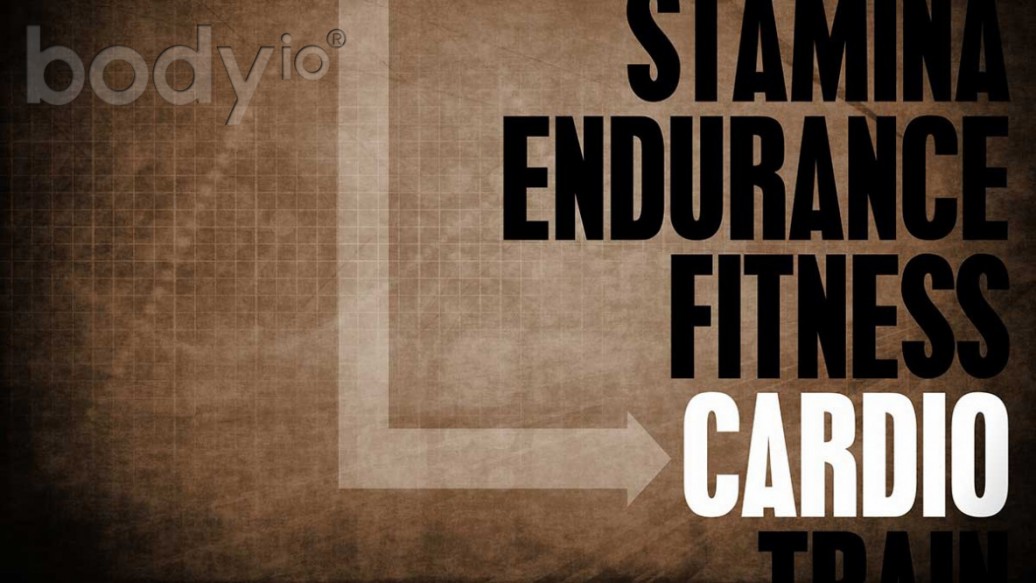itness magazines often expose new trends to the social sphere, often before any single fitness personality decides to bastardize the concept and claiming it as their own. The magazine writers, unfortunately, rarely understand the subject they’re presenting and cause a shift in the training landscape before anyone explores how to use the new information effectively. A super-storm of questions ensues.
High intensity interval training (HIIT) falls into this realm of highly recommended yet poorly understood, and the question most people want to know the answer to is, “Should I do my HIIT training fasted?”
This short article is not the place to debate the overall merits of HIIT. Research shows, at least for somewhat sedentary people, that a much shorter session of HIIT reaps many if not all of the physiological benefits from much longer sessions of continuous moderate-intensity training (Gibala et al, 2008). HIIT can greatly improve insulin sensitivity and cardiovascular function (Babraj et al, 2009;
Rakobowchuk et al, 2008), as well as improve better body composition over traditional cardio (Trapp et al, 2008).
Knowing whether to perform HIIT training fasted or fed requires some idea of what we’re trying to achieve. To be honest, we don’t care about burning fat, as every fitness article ever written discusses how HIIT burns more fat than longer steady state cardio. Burning fat is easy.
No significant differences between a fasted and fed state existed for any measurement.
What we want to optimize and increase is losing body fat, which means finding efficient ways to convince fat cells to release their greasy contents.
The general theory suggests that since HIIT burns more fat, that if we train fasted, we’ll also lose more fat, since the fat we burn must come from stored energy.
A study out of the Department of Kinesiology from McMaster University by Gillen and colleagues (2013) addressed this issue. They evaluated the effect of HIIT in the fed versus fasted state on body composition, skeletal muscle metabolic capacity, and glycemic control.
The researchers used 16 young women with an average BMI of close to 30 for the study. They divided participants into either the fasted or fed group. Both groups performed 18 sessions of HIIT in a 1:1 work to rest ratio. The protocol consisted of ten 60 second cycling bursts at 90% maximal heart rate, with 60 seconds of rest over 6 weeks.
HIIT induced all the metabolic changes we expect; dual energy X-ray absorptiometry (DEXA) revealed lower percent fat in abdominal and leg regions as well as the whole body level. Fat-free mass increased in leg and upper thigh regions. Resting muscle biopsies revealed a training-induced increase in mitochondrial capacity as evidenced by increased maximal activities of two key enzymes, citrate synthase and β-hydroxyacyl-CoA dehydrogenase. But…
No significant differences between a fasted and fed state existed for any measurement. For a 30-minute-a-week time investment you can greatly improve your metabolic profile and body composition.
The answer to most questions about the human body, exercise and diet begins with, “well it depends.” In this case, the answer to our original question might simply be: “It doesn’t matter.”
References (click the reference to access the resource):
Babraj, J. A., Vollaard, N. B., Keast, C., Guppy, F. M., Cottrell, G., & Timmons, J. A. (2009). Extremely short duration high intensity interval training substantially improves insulin action in young healthy males. BMC Endocrine Disorders, 9(1), 3.













Great review and simple answer to a popular question. I’m sure many people would enjoy the glycogen depleting effects of a fasted HIIT workout following a tremendous Carb night 😉
Looks like this study was done on 16 young women. Does “It doesn’t matter” answer apply to men too?
I heard Kiefer say in one of the podcasts how women and men and women utilize fat and glycogen very differently during intense exercise. So I was wondering how fasted HIIT applies to men.
Excellent question. It’s also notable that this applies to a BMI around 30 so around the obesity threshold – although BMI is fairly unreliable I think we can safely assume we aren’t talking about athletes here.